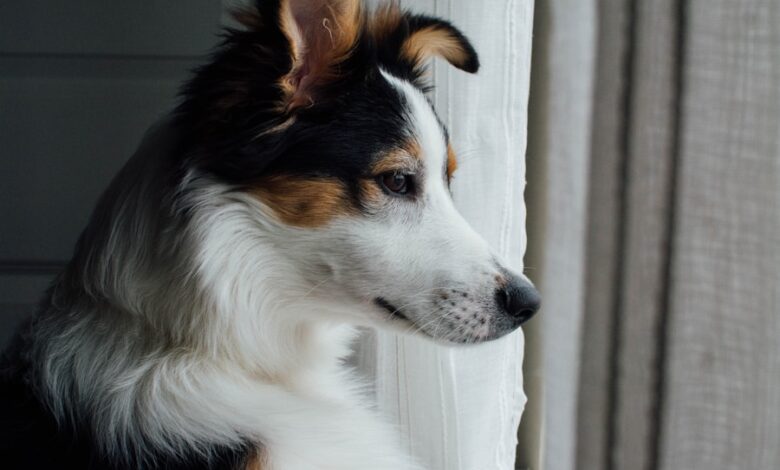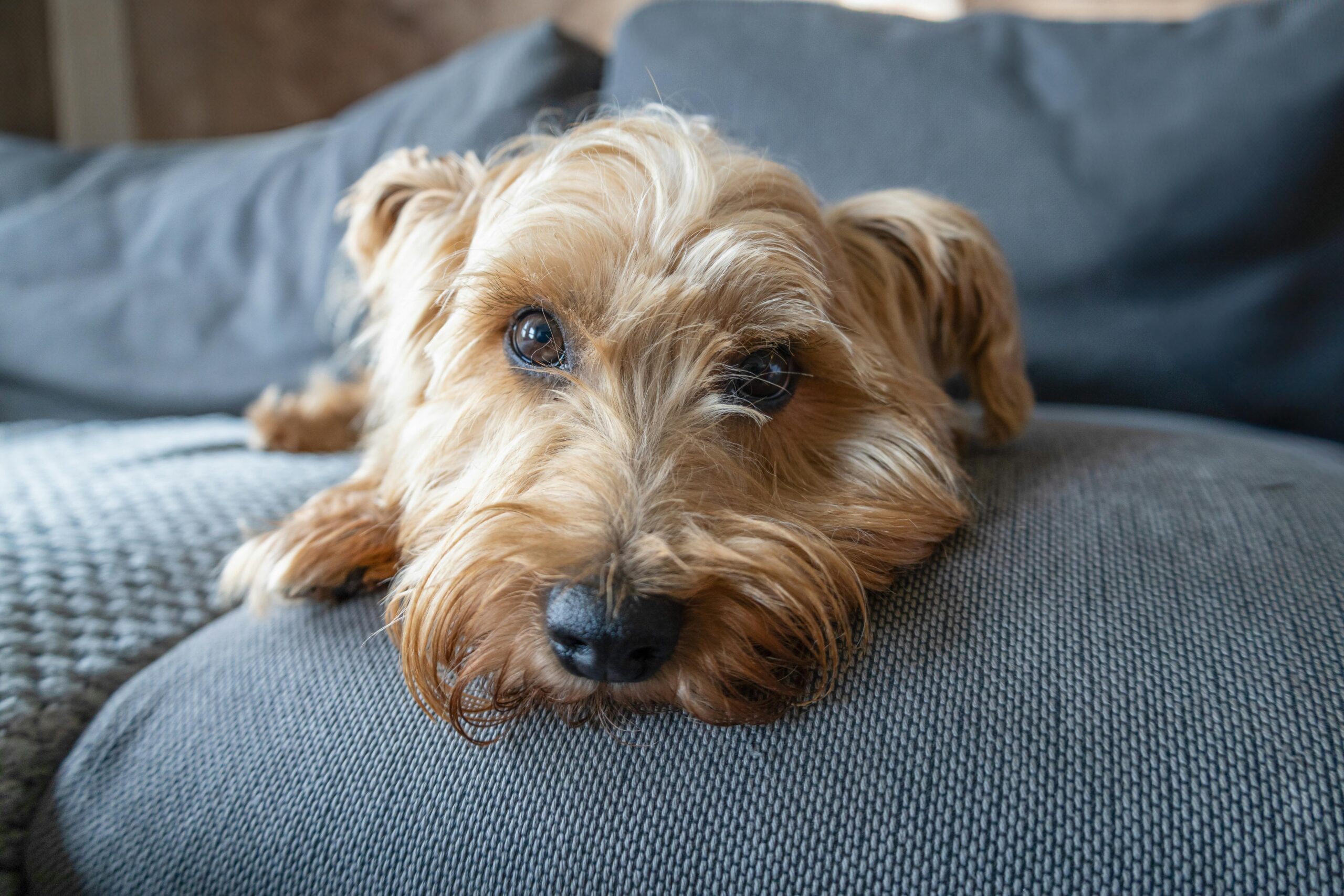Bald and Beautiful: Tips for Keeping Your Hairless Dog Healthy and Happy

Tips for Keeping Your Hairless Dog Healthy and Happy
Hairless dog breeds, including the Chinese Crested, Xoloitzcuintli, and Peruvian Inca Orchid, are distinct and captivating animals. These breeds possess a genetic mutation that prevents them from growing a coat of fur. While some hairless dogs may exhibit a limited amount of hair on their heads, tails, and feet, others are completely bald.
It is essential for prospective owners to comprehend the specific requirements of hairless dogs before introducing one into their household. Hairless dogs are more prone to sunburn, skin irritation, and temperature regulation issues, making it crucial to provide them with proper care and attention. Hairless dogs are frequently misjudged and may face discrimination due to their unusual appearance.
However, these breeds possess the same loving, loyal, and intelligent nature as their furry counterparts. It is vital for prospective owners to conduct thorough research and understand the specific needs of hairless dogs before bringing one into their home. With appropriate care and attention, hairless dogs can lead long, healthy, and happy lives.

Grooming and Skincare for Hairless Dogs
Protecting Their Skin
Without a protective coat of fur, hairless dogs are more susceptible to sunburn, dry skin, and skin irritation. It’s important to regularly bathe hairless dogs with a gentle, moisturizing shampoo to keep their skin clean and hydrated.
Sunscreen and Skincare Maintenance
Additionally, it’s crucial to apply sunscreen to their exposed skin when they are outdoors to protect them from harmful UV rays. In addition to regular bathing and sunscreen application, hairless dogs also require regular skincare maintenance.
Moisturizing and Monitoring
This includes moisturizing their skin with a gentle, hypoallergenic lotion or oil to prevent dryness and irritation. It’s also important to regularly check their skin for any signs of irritation, rashes, or sunburn. By providing proper grooming and skincare for hairless dogs, owners can help keep their pets comfortable and healthy.
Protecting Hairless Dogs from Sun and Cold
Hairless dogs are more susceptible to sunburn and temperature regulation issues than their furry counterparts. It’s important for owners to take extra precautions to protect their hairless dogs from the sun and cold. When outdoors, it’s crucial to apply sunscreen to their exposed skin to prevent sunburn.
Additionally, it’s important to provide shade and plenty of water to keep them cool and hydrated. In colder weather, hairless dogs may require extra protection to keep them warm. This can include providing them with a sweater or coat to wear outdoors, as well as ensuring they have a warm and cozy bed indoors.
It’s also important to limit their time outdoors in extreme temperatures to prevent them from getting too hot or too cold. By taking these precautions, owners can help protect their hairless dogs from the sun and cold and keep them comfortable in any weather.
Nutrition and Exercise for Hairless Dogs
Proper nutrition and regular exercise are essential for keeping hairless dogs healthy and happy. Hairless dogs have unique dietary needs due to their lack of fur, so it’s important for owners to provide them with a balanced diet that meets their specific requirements. This can include high-quality dog food that is rich in essential nutrients such as protein, vitamins, and minerals.
Additionally, it’s important to monitor their weight and adjust their food intake as needed to prevent obesity. Regular exercise is also important for hairless dogs to maintain a healthy weight and stay physically fit. This can include daily walks, playtime, and interactive toys to keep them mentally stimulated.
It’s important for owners to provide their hairless dogs with plenty of opportunities for exercise and mental stimulation to keep them happy and healthy.
Common Health Issues in Hairless Dogs
Hairless dogs are prone to certain health issues due to their lack of fur and unique genetic makeup. Some common health issues in hairless dogs include sunburn, skin irritation, acne, and dental problems. It’s important for owners to be aware of these potential health issues and take proactive measures to prevent them.
This can include providing regular skincare maintenance, applying sunscreen, and scheduling regular dental cleanings. In addition to these common health issues, hairless dogs may also be more susceptible to certain genetic conditions such as dental crowding and skin allergies. It’s important for owners to work closely with a veterinarian who is familiar with the specific needs of hairless dogs to ensure they receive proper care and treatment for any health issues that may arise.
Socialization and Mental Stimulation for Hairless Dogs
Socialization for Hairless Dogs
Hairless dogs are just as social and intelligent as their furry counterparts, so it’s essential for owners to provide them with plenty of opportunities for social interaction. This can include regular playdates with other dogs, trips to the dog park, and interactive toys to keep them engaged.
Mental Stimulation to Prevent Boredom and Anxiety
In addition to socialization, mental stimulation is vital for hairless dogs to prevent boredom and anxiety. This can include training exercises, puzzle toys, and interactive games that challenge their minds and keep them mentally sharp.
Keeping Hairless Dogs Happy and Content
By providing plenty of socialization and mental stimulation, owners can help keep their hairless dogs happy and content. This is essential for their overall well-being and can help prevent behavioral problems that may arise from boredom or lack of mental stimulation.
Tips for Keeping Your Hairless Dog Happy and Content
Keeping a hairless dog happy and content requires dedication, patience, and understanding of their unique needs. Some tips for keeping your hairless dog happy and content include providing them with regular grooming and skincare maintenance, protecting them from the sun and cold, providing them with a balanced diet and regular exercise, being aware of potential health issues, providing plenty of socialization and mental stimulation, and being patient and understanding of their unique needs. It’s important for owners of hairless dogs to be proactive in providing them with the care and attention they need to live long, healthy, and happy lives.
By understanding their specific needs and taking proactive measures to meet them, owners can ensure that their hairless dogs are well-cared for and content in their homes. With the right care and attention, hairless dogs can thrive and bring joy to their owners for many years to come.
FAQs
What are some common hairless dog breeds?
Some common hairless dog breeds include the Chinese Crested, the Xoloitzcuintli (Mexican Hairless Dog), and the American Hairless Terrier.
How should I care for my hairless dog’s skin?
It’s important to regularly clean and moisturize your hairless dog’s skin to prevent dryness and irritation. You should also protect their skin from sunburn by applying pet-safe sunscreen when they are outdoors.
Do hairless dogs require special grooming?
Hairless dogs do not require traditional grooming like brushing and trimming, but they do need regular baths and skincare to keep their skin healthy.
What should I feed my hairless dog?
Hairless dogs require a balanced diet that meets their nutritional needs. Consult with your veterinarian to determine the best food for your specific breed and their individual needs.
Are there any health concerns specific to hairless dogs?
Hairless dogs are prone to skin issues such as acne, sunburn, and dryness. They may also be more sensitive to extreme temperatures, so it’s important to monitor their environment and protect them from harsh weather conditions. Regular veterinary check-ups are important to monitor their overall health.

